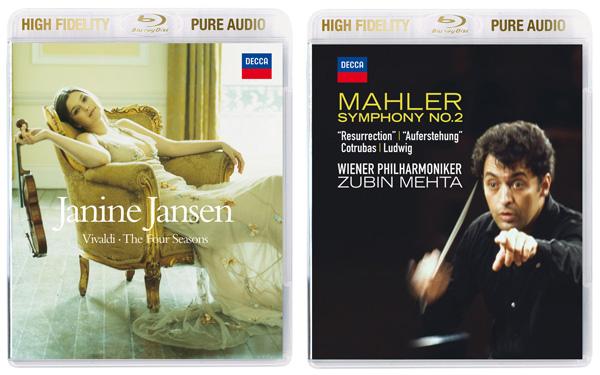| Columns Retired Columns & Blogs |
OK I will admit to being lazy and I could probably figure this out myself if I wasn't a little blah-say about High Res... I already have a 24/96 SPDIF DAC. I currently do NOT have a Blu-Ray player in my audio rack (I have one out in the theater room though).
Would I simply buy a cheap Blu-Ray player and plug its SPDIF out into my DAC and set the Bly-Ray player to output 24/96? Will an Oppo or cheap Sony output SPDIF 24/96 on its SPDIF out?
I want to USE my audio DAC because it is the best sounding DAC I have and they don't make it any more naturally... (Lucid 9624). It is better than my Bryston DAC by a mile. More life. I am OPTIMISED for CD playback, you betcha. I have been waiting for the format wars to drop dead so I can decide what to do beyond vinyl which is my current go-to high res source...
Guys like me might be interested in purchasing truly worthwhile High Res tracks on a DISC with a BOOK. We old fossils LIKE physical medium. It makes us all warm and gooey. Even as a niche (or especially because it IS a niche) there is money left on the table here by the industry which has been bemoaning that nobody wants to buy anything anymore.
Well here's an idea. Make something we WANT to buy and tell us how to use it easily and we WILL buy it. We have tons of money. Just nothing to BUY...











































